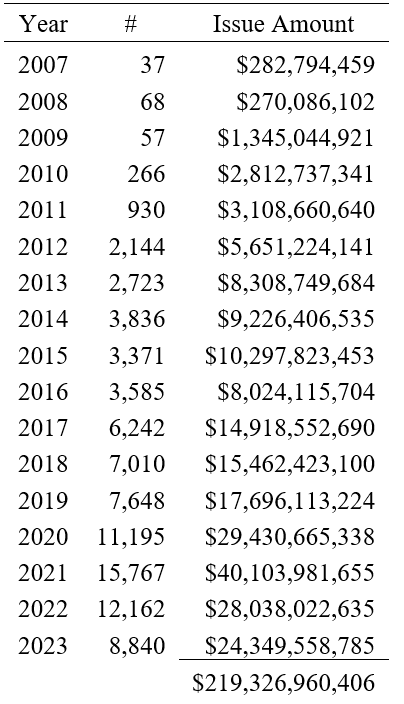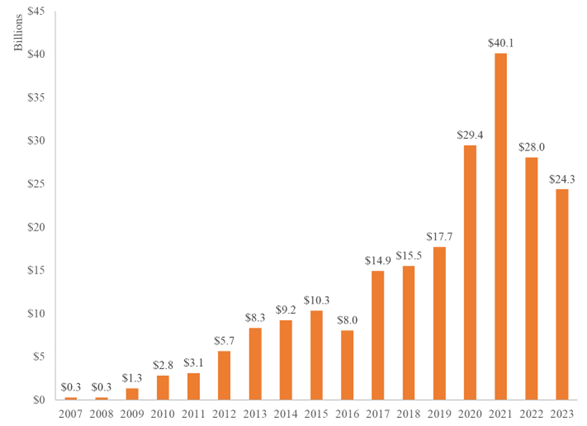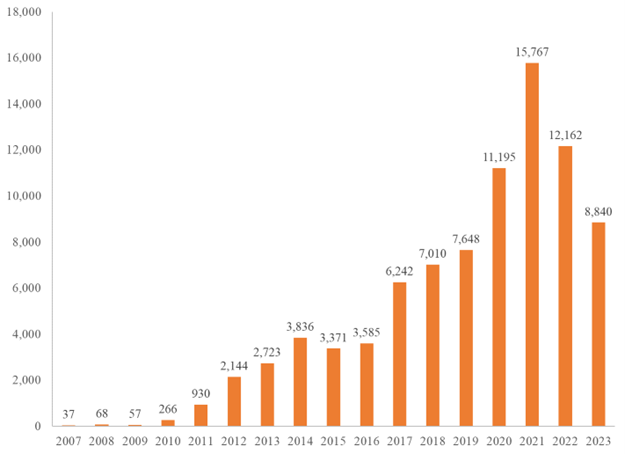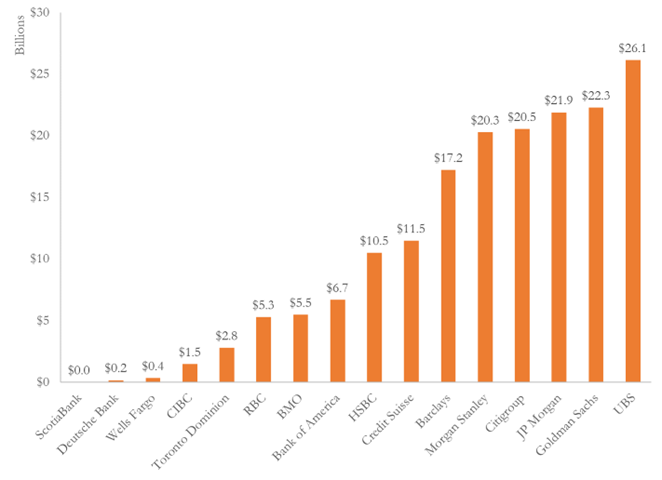
Mar 2024




| CUSIP | Issuer | Pricing Date | Issue Size | |
|---|---|---|---|---|
| '22552XYG2 | Credit Suisse | LCID; UBER | 10/13/2021 | $1,000,000 |
| '22552XZM8 | Credit Suisse | LCID | 10/29/2021 | $2,603,000 |
| '22553P2K4 | Credit Suisse | LCID; CHWY; SQ; PETS | 11/2/2021 | $1,142,000 |
| '17329UVC2 | Citigroup | LCID | 1/11/2022 | $1,500,000 |
| '17329UMQ1 | Citigroup | LCID; DOCU | 1/11/2022 | $1,746,000 |